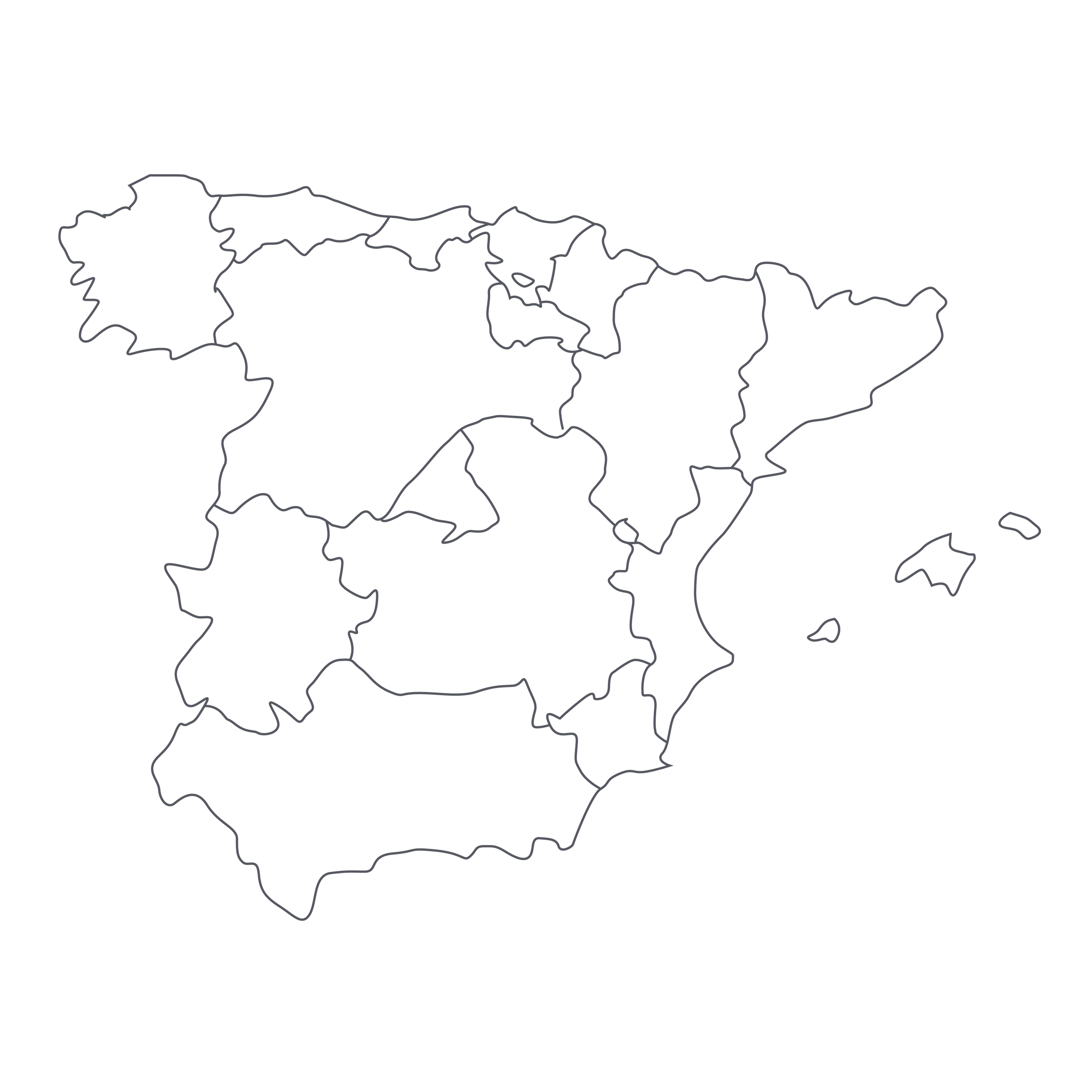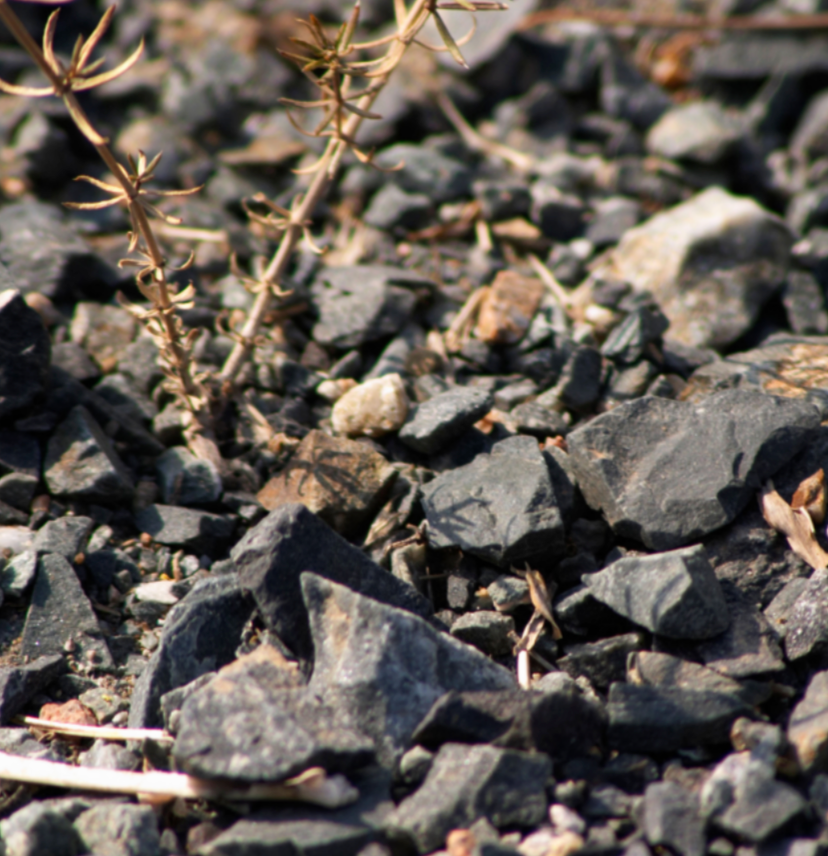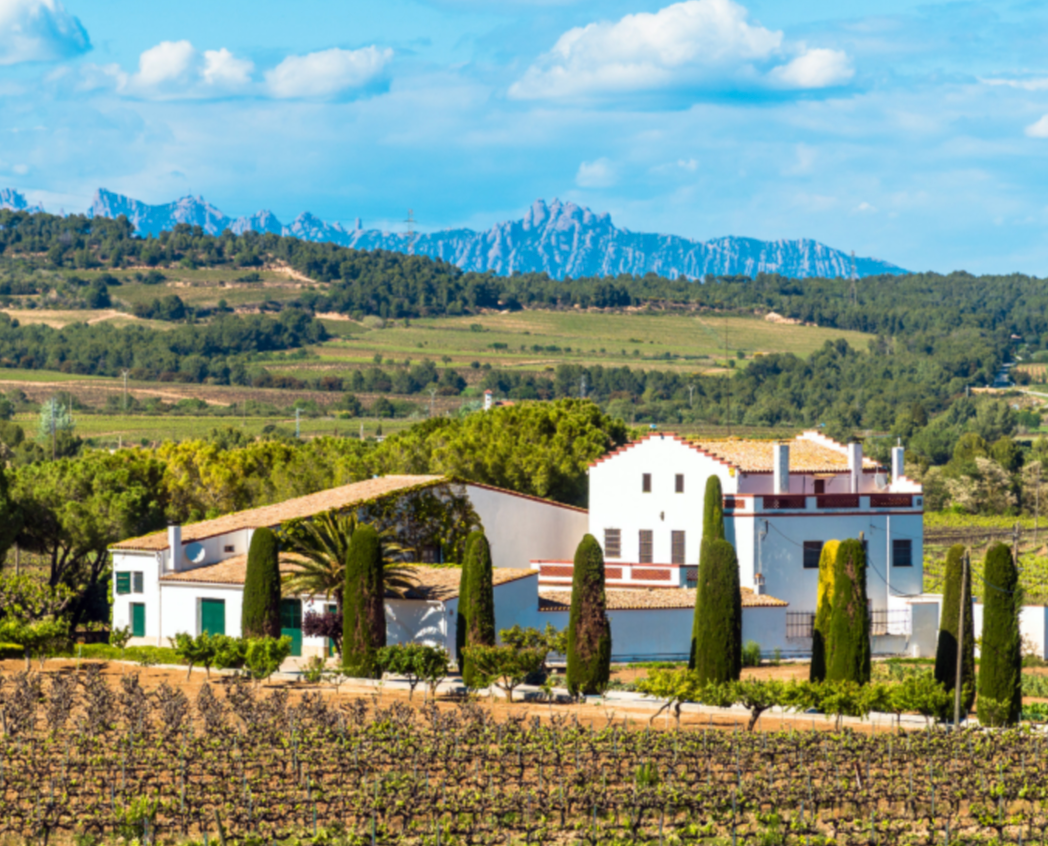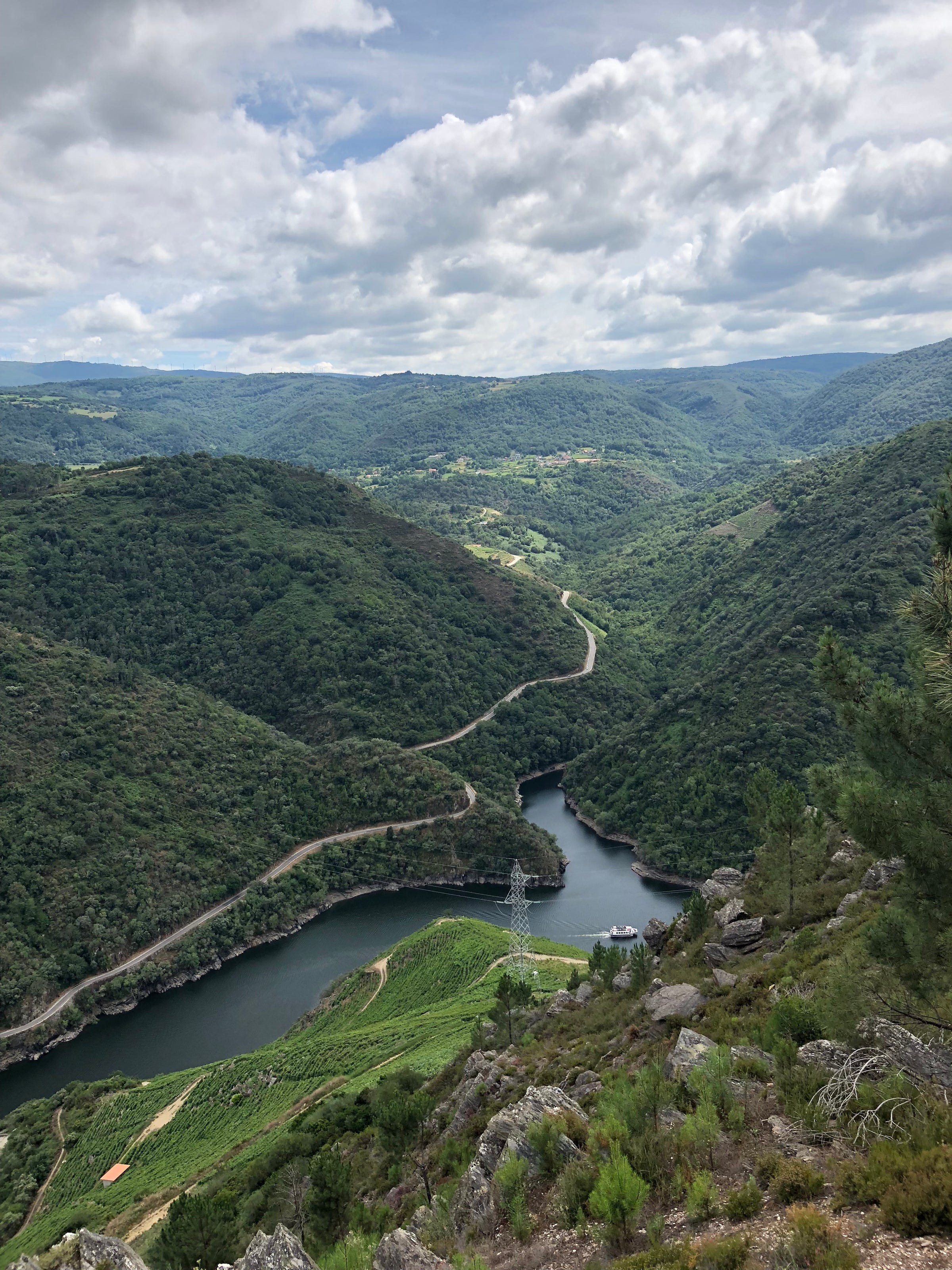Today, only those with the quickest reaction time will reap the weighty reward on offer: A 1973 Gran Reserva, stored to perfection in the cellars of Bodegas Corral for five decades, and it’s $100 only. If you’re not a wine fiend or serious collector, it’s hard to accurately convey the “impossibility” of this rare and deeply special offering, but we’ll try our best.
First, this tiny parcel has remained virtually untouched for 50 years, evolving slowly and gloriously like a fine relic. Second, the cost breakdown of this pristine beauty essentially equals a mere two dollars per year. And third, like the old Remoissenet library releases we’ve offered in the past, some of you will be perplexed by the extraordinary perfume and freshness in today’s ’73 Gran Reserva bottling. We were baffled as well, but after a detailed discussion with our Rioja liaison and Corral’s winemaker, Carlos Rubio, we learned why: Each individual bottle was assiduously and manually inspected, reconditioned, and recorked prior to exiting their cellar. That’s why they contain such unbelievable vigor and flattering savor, a feat matched by only a few wines of this antiquity. But alas, we have such a small amount to share. In fact, I ran a report and discovered we have more subscribers with 1973 as their birth year than we do bottles so I’m sure you can imagine the chaos that’s about to ensue…
NOTE: This rare parcel is just arriving stateside and is expected to land at our warehouse in the second week of April. Up to six bottles per person
Bodegas Corral is one of the treasured few centenary estates of Rioja. They were founded in 1898, shortly after phylloxera began decimating the vast majority of European vines, especially those in Bordeaux. Rioja, however, staved off infection until American rootstocks were predominately planted across France in the 1890s. This small window proved to be a Golden Age for the region because (1) the Bordelais flocked here to produce wine and (2) Rioja wine became widely traded, turning it into one of the most sought-after and respected “brands” in the world. All the while, Bodegas Corral kept flourishing in their now-famous sub-zone of Rioja Alta. By the 1950s, the third generation of the Corral family was expanding their reach across all corners of the globe and this eventually led to the construction of a new cellar four miles north of their original winery in 1974.
Today’s antique red, from calcareous clay soils in Rioja Alta, is led by Tempranillo with a small percentage of Graciano and Mazuela to round it out. At Corral’s original cellar, the grapes were de-stemmed, and, following fermentation, the resulting wine matured for over three years in a mixture of mostly used French and American barrels. Upon bottling in 1977, one parcel slumbered in Corral’s dark cellars for nearly 45 years before being shipped to us.
I recommend pulling out Burgundy stems for today’s splendid 1973 Gran Reserva bottling, avoiding a decant, and consuming your bottle within two hours. When you pour the wine gently into your glass, give it a few minutes to open up without swirling to preserve those delicate aromatics. It reveals a hazy, faded ruby core with brick-orange hues on the rim, and after one or two swirls, it rolls out delicate aromas of dried rose, dried strawberry, sandalwood, pipe tobacco, sweet and sour plum sauce, redcurrant, balsamic, damp leaves, vintage leather, and figs. The palate is medium-bodied and ultra-fine due to a soft tannic profile that has been sanded down to a perfect polish. However, the acidity still lingers and provides ample lift to the mid-palate, proving that Rioja can age right alongside the most cellar-worthy reds of the world. Enjoy now and over the next decade. Cheers!







